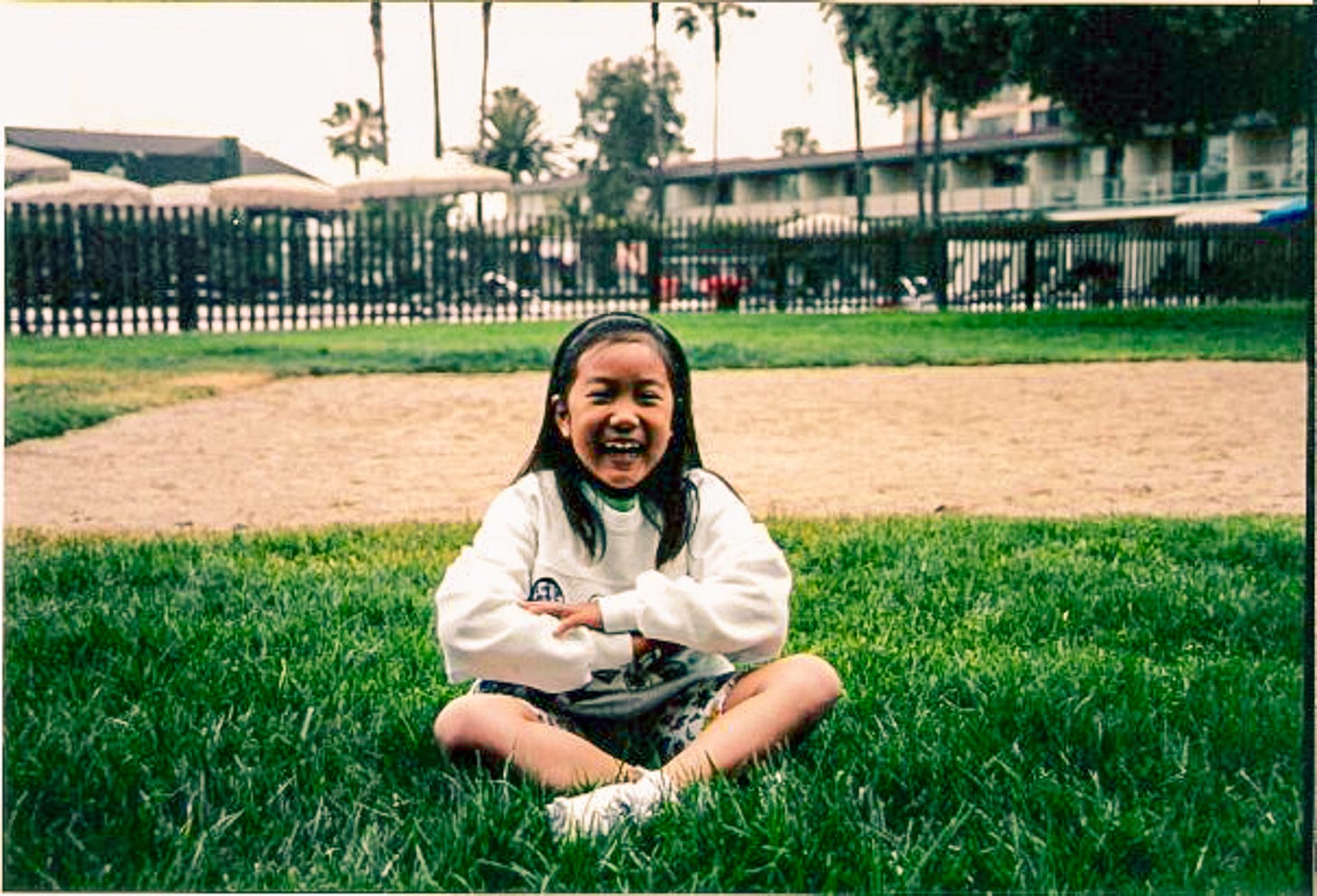The Guardians Gazette No. 6
"Children's literature," or the adultification of YA

It’s weird being a Geriatric Millennial sometimes.
I’m part of a cusp generation that was old enough to have had a formative childhood without the internet, but also young enough to be considered a digital native.1 I’ll put it this way, I’m old enough to have had to memorize phone numbers when I wanted to call my friends, but young enough to have taught myself HTML and CSS in elementary school. Old enough to have to take computer classes to learn MS-DOS, but young enough to have never needed it. Slightly too old for Pokémon, too old for Avatar: The Last Airbender, too old for Percy Jackson, but young enough have to been Harry’s age when I first started reading the Series That Will No Longer Be Named.
In fact, I’m so old that I remember a time before YA.
I’ve been a fairly avid reader since I was young; in my fact, I would say my most formative reading years were probably between the ages …



